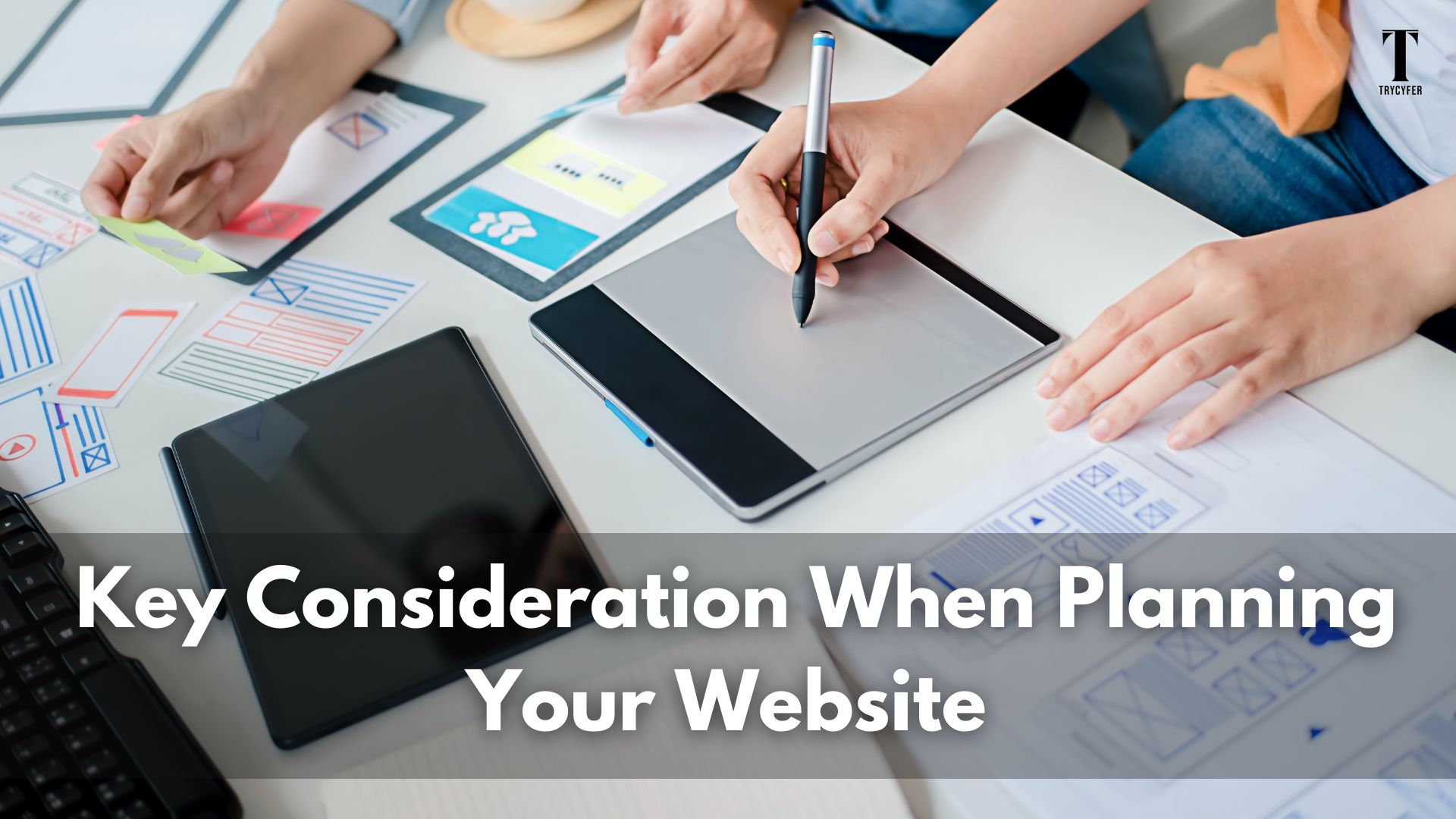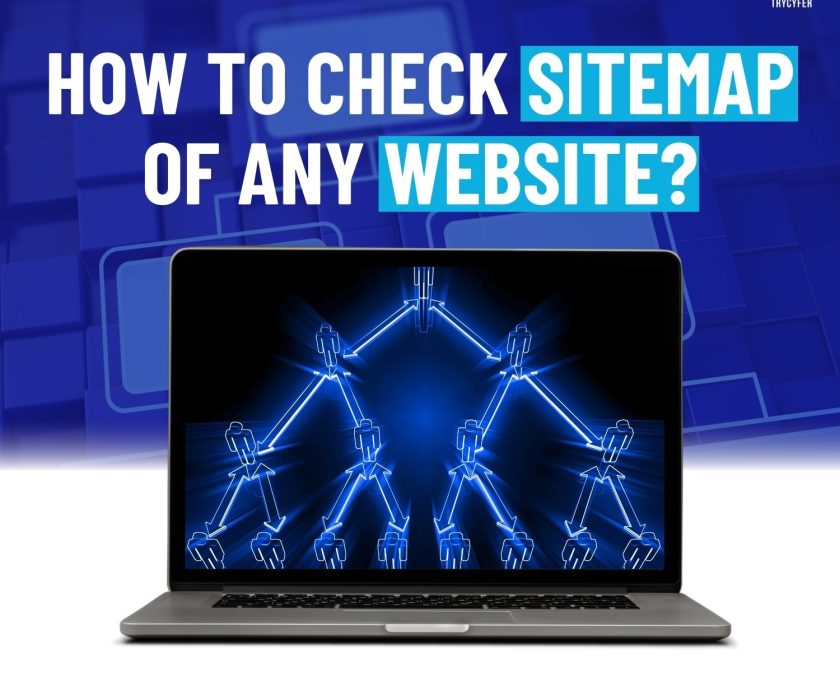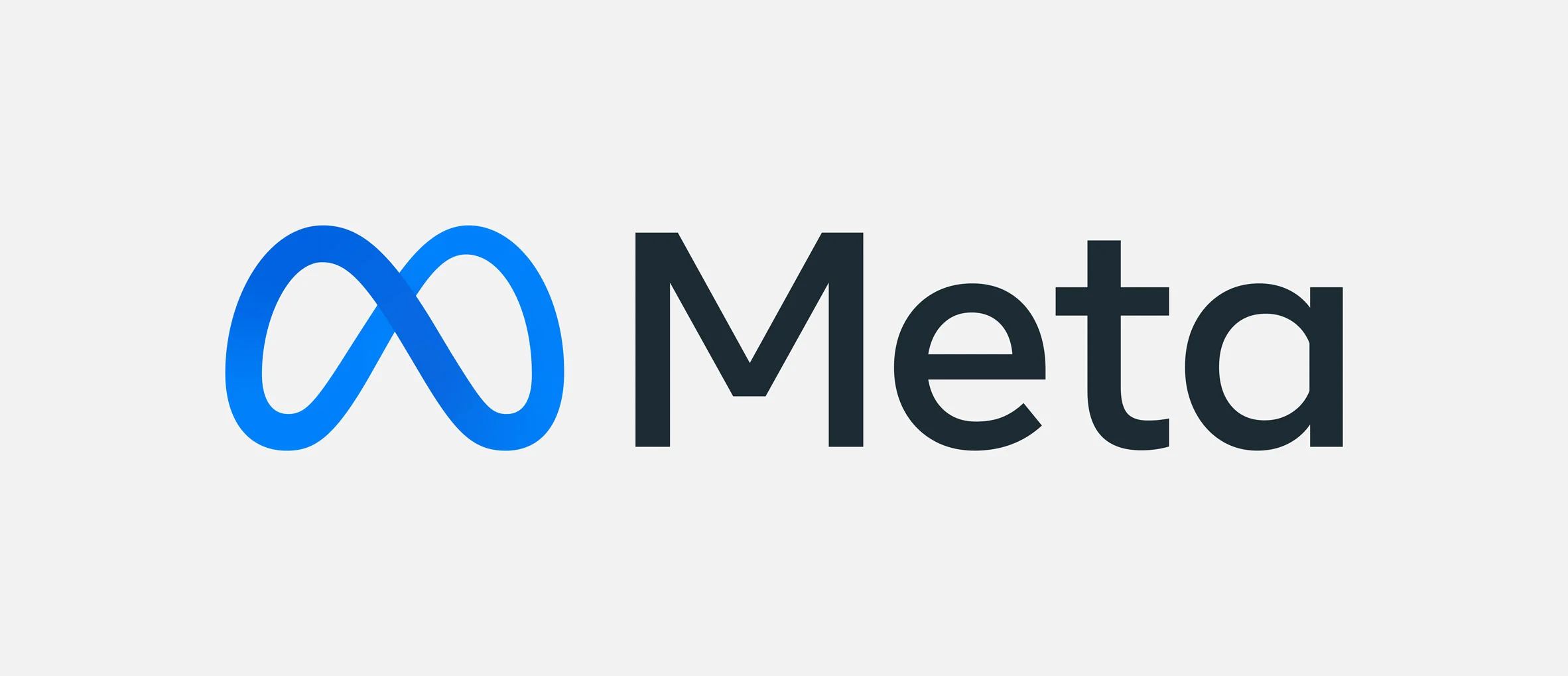What Is a Key Consideration When Planning Your Website?

Introduction
Developing a website is an exciting and crucial step for any business or personal brand. It serves as your digital storefront and the primary way potential customers interact with your brand online. However, the success of your website heavily depends on the planning phase. Among the many considerations during this phase, one key aspect stands out: defining your website’s purpose and goals. In this blog, we’ll explore why understanding the purpose of your website is essential and how you can effectively incorporate this understanding into your planning process, ensuring that your audience’s needs and expectations are at the forefront of your strategy.
Importance of Defining your Website’s Purpose and Goals
Design and Functionality:
Design and functionality decisions in website development are guided by understanding your website’s purpose, ensuring that every element—from layout to features—supports your objectives. Different types of websites require specific features and layouts tailored to enhance user interaction and achieve desired outcomes, such as seamless navigation for e-commerce sites or intuitive content presentation for blogs and portfolios.
- Tailored Features: Customize features such as product galleries for e-commerce sites and interactive portfolios for creative portfolios.
- Scalability: Design with future growth in mind to ensure the website can handle increased traffic and content without performance issues.
User Experience:
Creating a user-friendly experience involves ensuring visitors quickly understand your website’s purpose and can easily find information or services. It encompasses intuitive navigation, clear messaging, and responsive design across devices to optimize accessibility and engagement. A well-crafted user experience fosters satisfaction and encourages visitors to explore, interact, and return to your site.
- Mobile Optimization: Implement responsive design and optimize loading times for seamless user experience across mobile devices.
- User Feedback Integration: Incorporate mechanisms like surveys or feedback forms to continually improve website usability based on visitor input.
Content Strategy:
A content strategy aligns content creation and distribution with your website’s goals to attract and engage the right audience. It involves planning and delivering valuable, relevant content that reflects your brand voice and resonates with your target audience. A strategic approach includes understanding audience preferences, integrating SEO best practices, and maintaining consistency in content quality and messaging to drive engagement and support overall business objectives.

- Persona-Based Content Creation: Develop content tailored to specific audience segments, addressing their unique needs and preferences.
- Content Calendar and Scheduling: Use a content calendar to plan and schedule content, ensuring consistent delivery aligned with marketing objectives.
How to Define Your Website’s Purpose and Goals?
Identify Your Target Audience
Set Clear Objectives
What do you want to achieve with your website? Common objectives include:
- Increasing Sales: For e-commerce sites.
- Building Brand Awareness: For new businesses or personal brands.
- Generating Leads: For service-based companies.
- Providing Information: For blogs, news sites, or educational platforms.
- Showcasing Work: For portfolios or creative professionals.
It helps to monitor the success of your website and make informed decisions.
Determine Key Performance Indicators (KPIs)
KPIs are metrics that help out track the performance of your website against your goals. Examples include:
- Traffic Volume: Number of visitors to your site.
- Conversion Rate: Percentage of visitors who complete a required action (e.g., making a purchase, filling out a contact form).
- Bounce Rate: Percentage of visitors who go away from your site after viewing only one page.
- Engagement Metrics: Time spent on site, pages per session, etc.
Regularly monitoring these KPIs helps identify areas for improvement.
Conclusion
Defining your website’s purpose and goals is a critical step in the planning process that sets the foundation for its success. By understanding what you want to achieve and who your audience is, you can create a focused and effective website that meets your objectives. Remember, a well-planned website attracts visitors and converts them into loyal customers.











